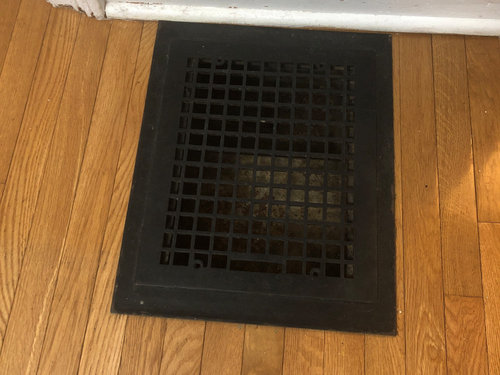Location Of Floor Vents For Heat Transfer

A forced air heating system is an efficient and effective way to keep your house warm but the efficiency of the system can be sabotaged by heating ducts.
Location of floor vents for heat transfer. If those supply vents aren t getting much air and it s coming out at low velocity changing the registers won t help a lot especially in the winter when the air wants to hang out by the ceiling anyway. Be careful that the return and supply registers are not too close together. Follow this window placement strategy wherever possible. Vents cut into floors lack the size needed for modern airflow requirements as well.
The registers have to be dampered so you can shut either one down diverting the air to the other depending on whether your in heating or cooling mode. For heat close the upper register and open. Windows allow heat transfer more easily so the air that hits them becomes cool and sinks. Supply vents help change the room temperature to your desired heat or cool setting.
Floor vent registers are a common feature of many homes and essential ones too. The warm air pushed from the supply vent can create a buffer layer against the window that keeps other air from being cooled. Recommended location of heating ducts. This may seem a strange place for the supply vent but it is by design.
There should be at least one on the floor or at the baseboards of every room in the home to maximize the comfort level in both winter and. For heating the best place to have the ventilation installations placed is on the floor. If you plan to remodel your existing living space you may need to relocate a floor vent to enhance heating efficiency or accommodate a wall or other new element. Closing strategic vents in your home may help force more heat to your second floor.
Placing your air conditioning vents high keeps that cool air circulating throughout the room. If the vents are too close together this can cause the air to slip away without impacting the room temperature. The air from the supply vent needs time to circulate the room. Yes it will help some but i imagine that a duct system with a problem like this also has static pressure and air flow problems.
In this setup the air is pulled back into the system by way of a large return air vent placed low on a central wall in the home. Close vents in any downstairs rooms that you don t use often or that have multiple vents.














































